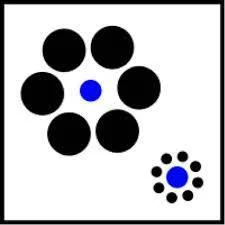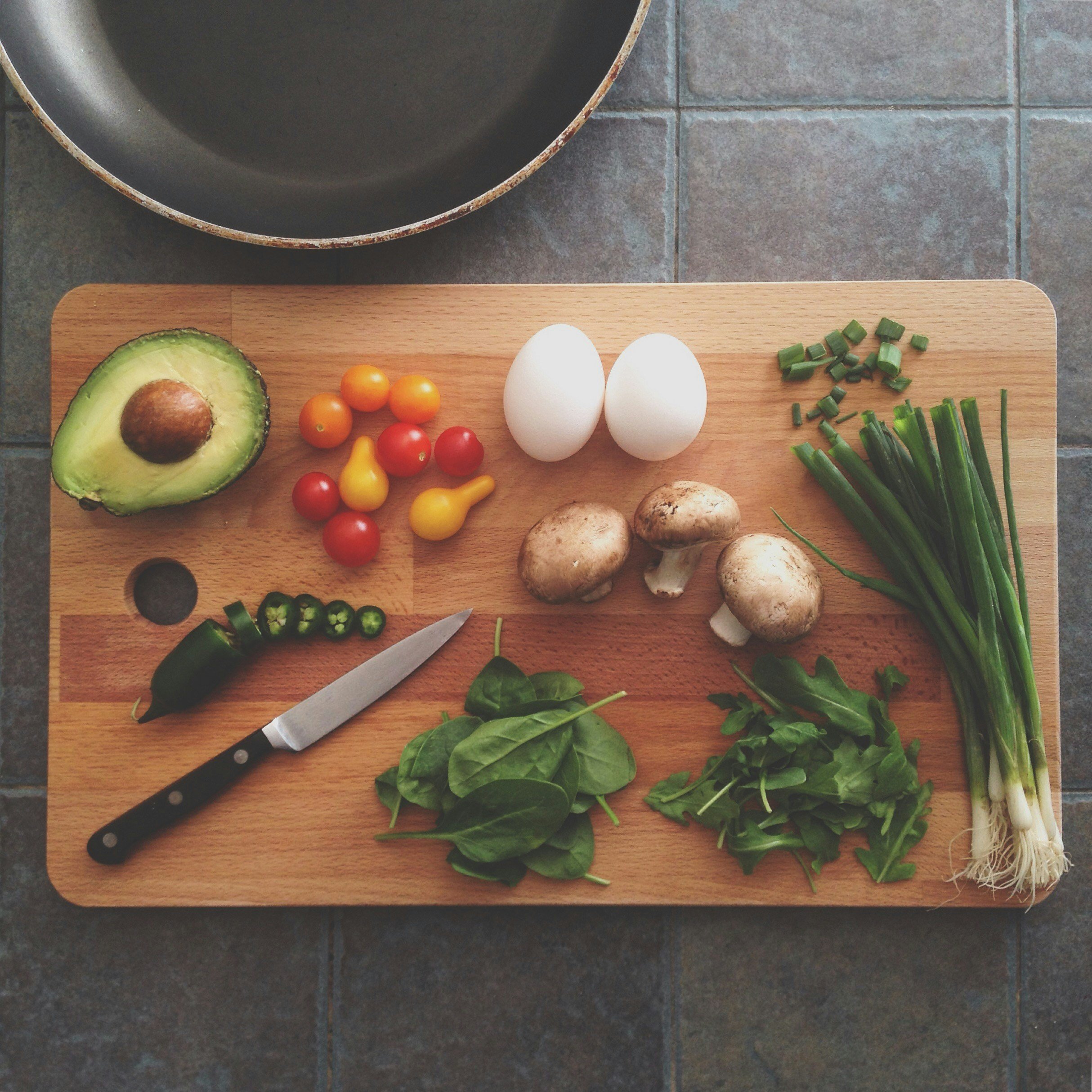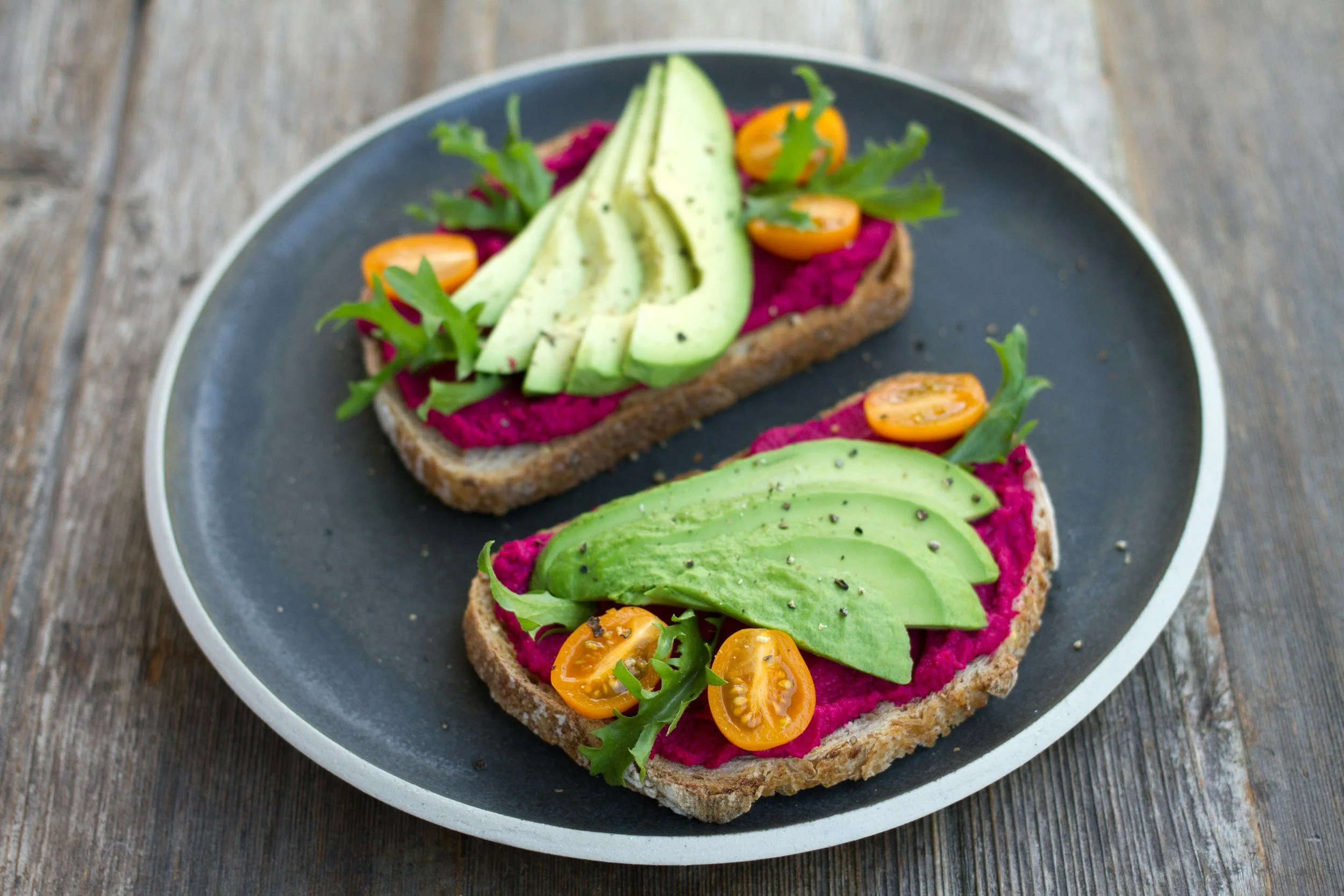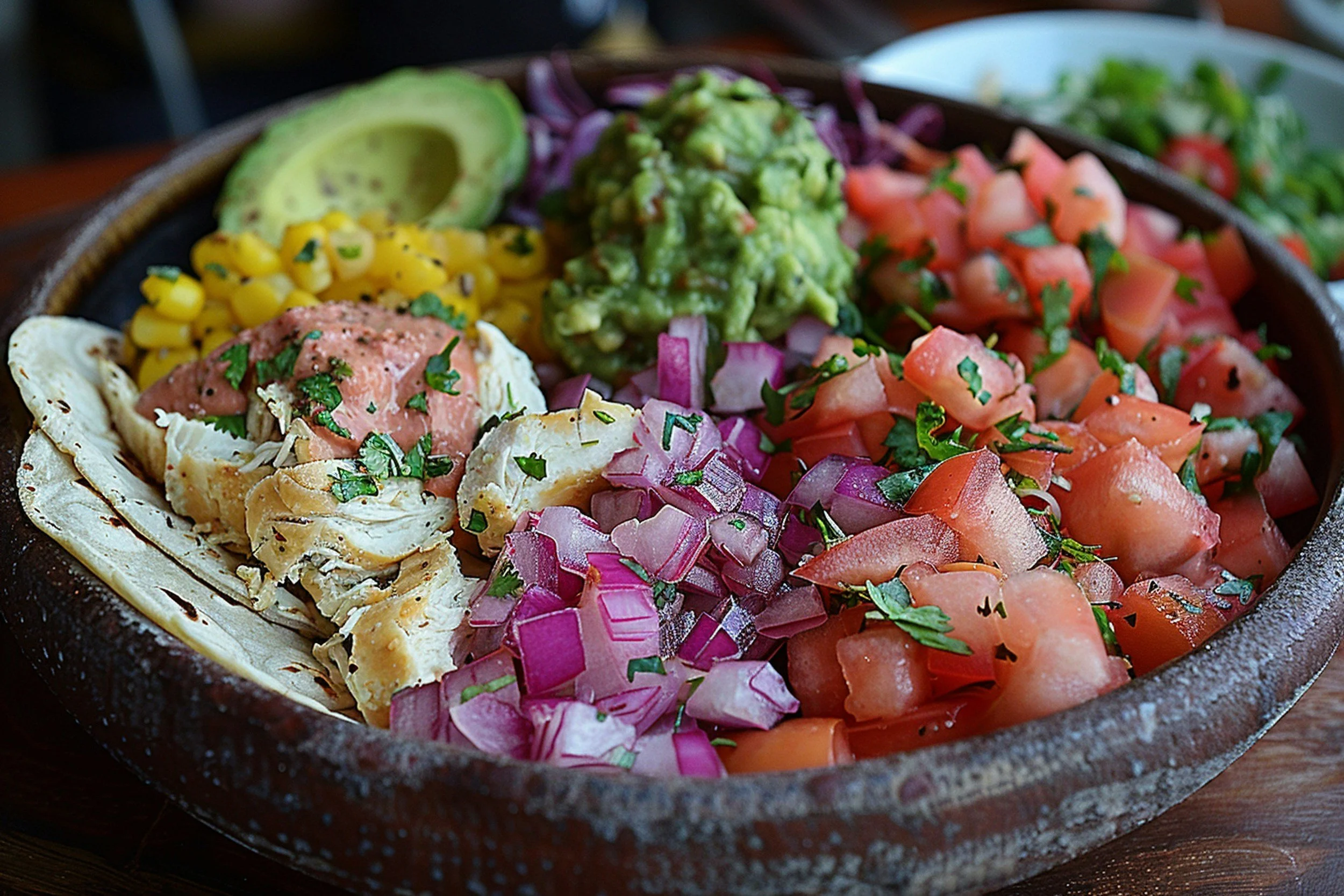What's on Your Plate?
As a coach, I love to see people create new habits – nutritionally, physically, and spiritually – including simple things like the breathing exercise I mentioned earlier this month. One of the most surprising changes I have seen over the years, as my clients have committed to eating cleaner and minimizing processed foods, is an increased feeling of calm. Yes, there is a TON on everyone’s plate – including mine - and yet, I feel like I have more space than usual. Many clients also tell me that they enjoy cooking more because it feels so good to know that they are putting themselves first – often for the first time.
Speaking of having a lot on your plate...
Take a look at the image to the right. When you look at the two diagrams, which middle dot do you think is bigger?
The answer is: it’s an optical illusion! The middle dots are exactly the same size. This short test is used to demonstrate that in our everyday lives, we use background objects as a scale for estimating size.
What does this have to do with today’s food trends? Big plates + big spoons = big portions!
Portion sizes were very different years ago. The “super-size” servings are a relatively recent phenomenon. If you can, compare your grandmother’s dinner setting or a vintage plate with your own. Not only have portions grown, so have our dishes! Setting the table with large plates and serving bowls – or going to restaurants with super-sized plates and portions - sets the stage for overeating.
As the size of our plates increases, so does the amount of food we put on them. Studies show that larger plates can cause us to serve ourselves more because the plates actually make the food portion look smaller. Research also shows that if you take a medium-sized hamburger and serve it to people on a saucer, they estimate that it has more calories than if you serve it to them on a normal-size plate. The same thing is true with desserts. When presented on a large plate, people underestimate the calories in a piece of pie or cake compared to when it is presented on a smaller plate.
What’s the action step from all this research? Try using smaller plates, and smaller spoons, forks, and glasses and see how your portion perception changes. When you are more intentional about the size of your plates and portions, you are taking an important step toward being in control of your eating – instead of letting your eating be in control of you. And that should give you some super-sized satisfaction!












